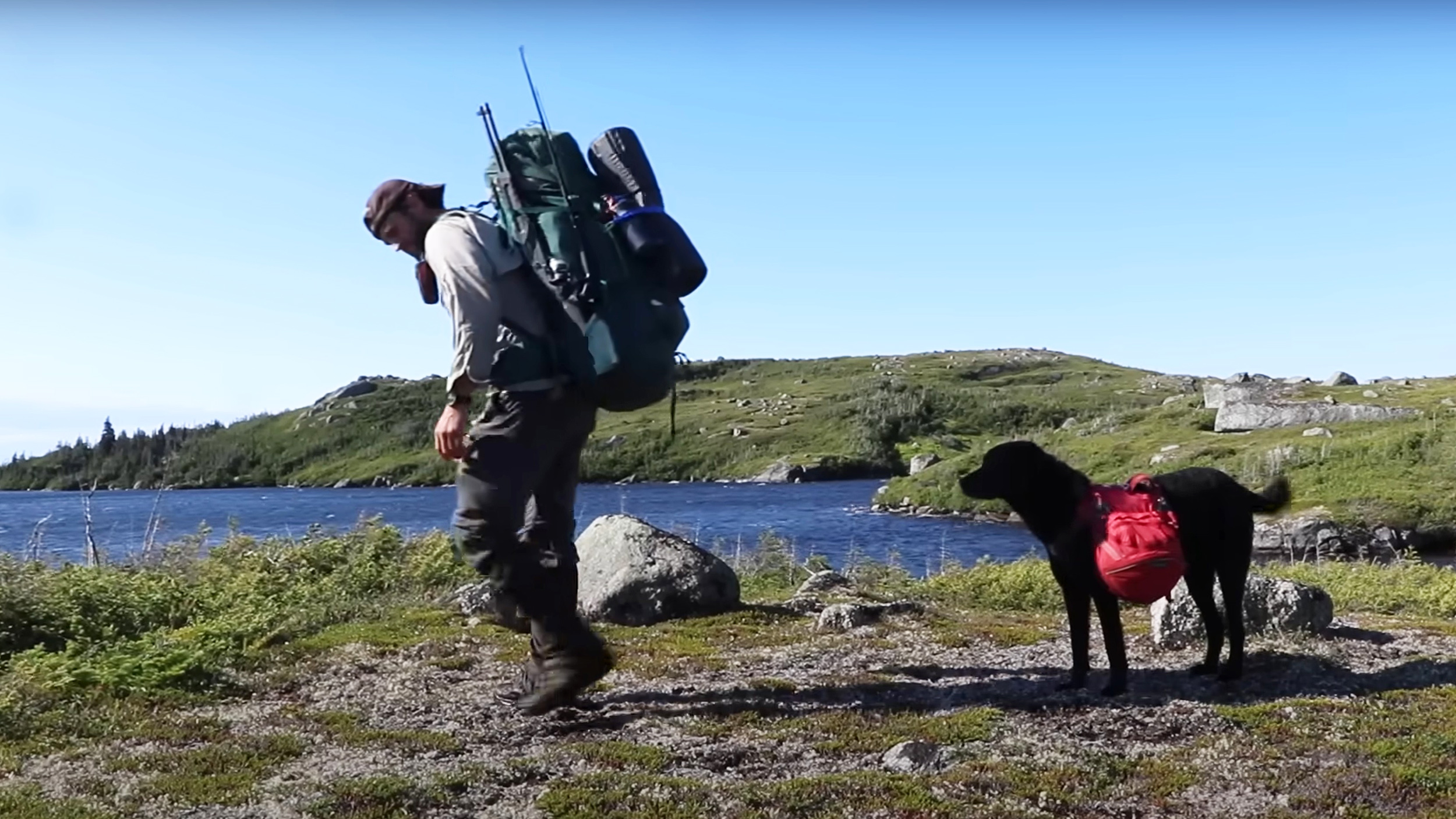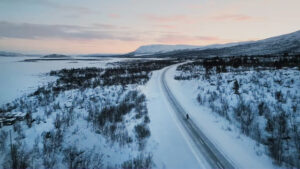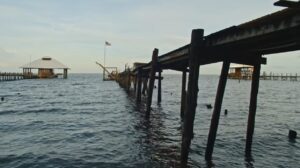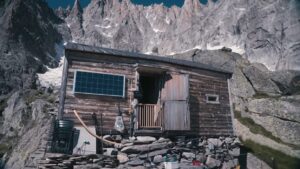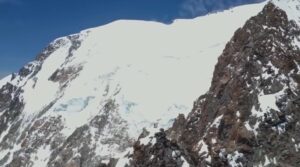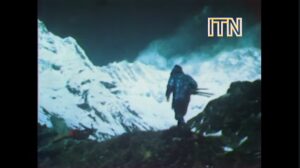Justin Barbour’s name might be familiar to regular ExplorersWeb readers. The school teacher-turned-content-creator and adventurer’s 3,800km trek from Northern Quebec to the southern tip of Newfoundland made our list of top expeditions of 2024.
On that journey, Barbour used a mix of traditional and modern travel methods and gear, witnessing all four seasons along the way.
The subject of his recent film Maze of the North in Remote Newfoundland Wilderness is a dramatically shorter though no-less-intense expedition.
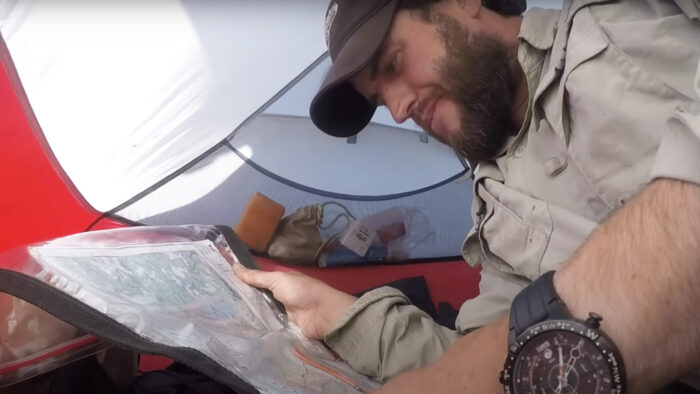
Photo: Screenshot
In the company of his dog Saku, Barbour embarked on a 230km journey along the length of Newfoundland’s Great Northern Peninsula. The peninsula is 17,483 square kilometers of mountains, fiords, lakes, marshes, and rivers, sparsely populated by just under 15,000 people.
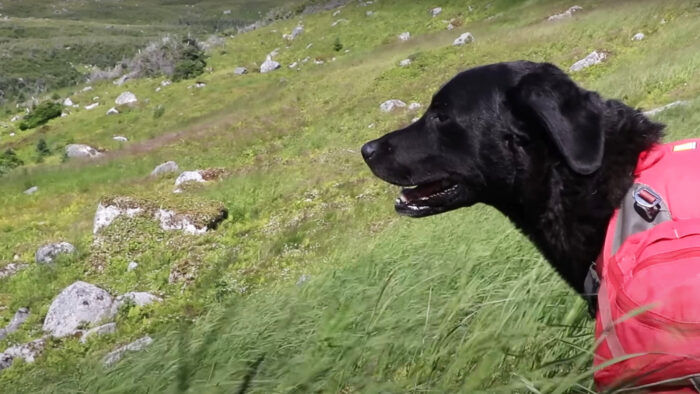
Photo: Screenshot
Bushcraft and extra kilos
A fan of bushcraft and traditional survival techniques, Barbour purposefully brought meager rations for his expedition, intending to supplement his calories with fish and foraged plants. And in a classic move, he intentionally headed into the bush with a little extra weight on his body, expecting to lose about nine kilos along the way.
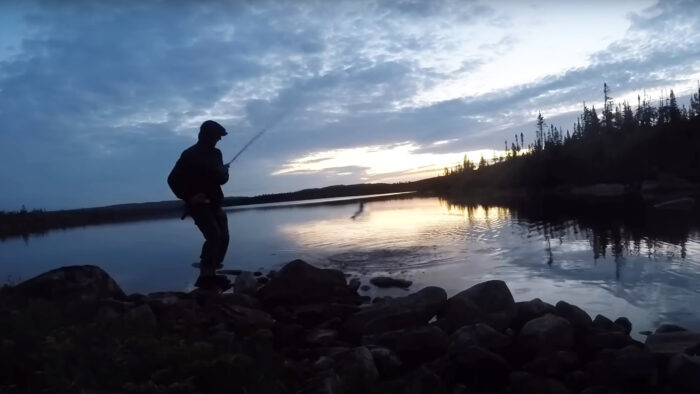
Photo: Screenshot
“The question will be whether we can find a way through or not,” Barbour narrates early in the video. And it’s a valid question. Not one community exists along his route — as he puts it, the peninsula is “one of the wildest places left on Earth.” Stands of a common subarctic shrub that Newfoundlanders call tuckamore are so dense that it is impossible to get through them.
“I have a rough line drawn out,” he says. “The rest I’ll figure along the way. It’s okay to go to sleep with a few question marks rolling around in the belly. That’s what makes it an adventure.”
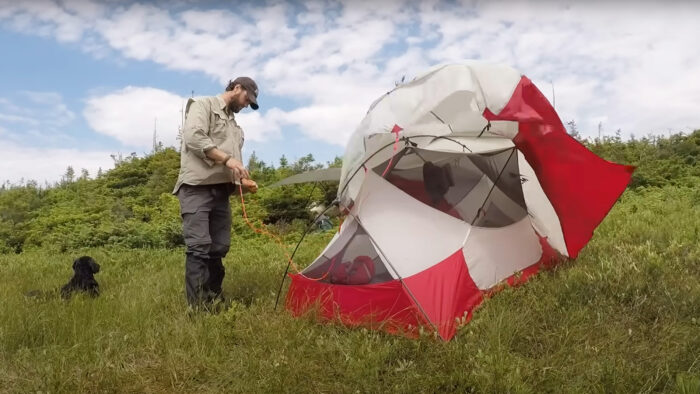
Photo: Screenshot
As you’d expect with that kind of mindset, Barbour and his dog spend a lot of time route-finding across difficult terrain, sticking to moose and caribou trails whenever possible, and just punching through dense stands of short conifers when not. There’s a lot of backtracking. Detours abound. Any high rocky ridge that allows for easy footing is a cause for celebration. It’s all an inevitable part of this type of backcountry travel.
Squishy marshes
When the vegetation vanishes, squishy marshes appear, where Barbour and Saku “gotta work for every step.” The pair ford rivers, haul themselves up and over mountains, and walk face-first into powerful winds. With terrain that nasty, it’s no surprise they only average about nine kilometers a day.
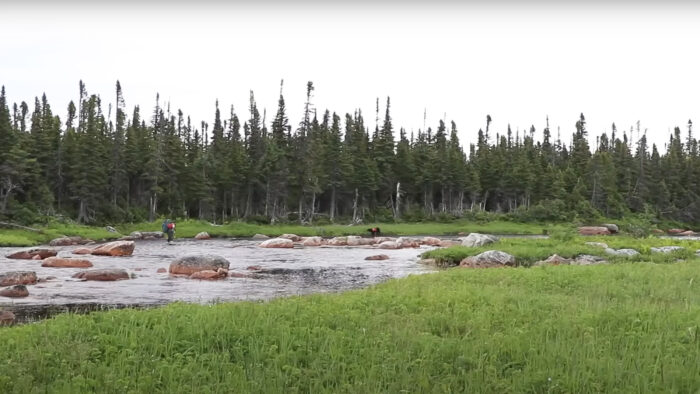
Photo: Screenshot
But of course, speed isn’t the goal here. It’s total immersion, an idea Barbour reinforces with his reliance on fishing and foraging along the way. There’s also plenty of scenery to admire.
“You just come across these fine little areas. Little tuck aways. Places you’d like to call home, put a cabin here, live for a bit. It’s just that gorgeous,” Barbour says.
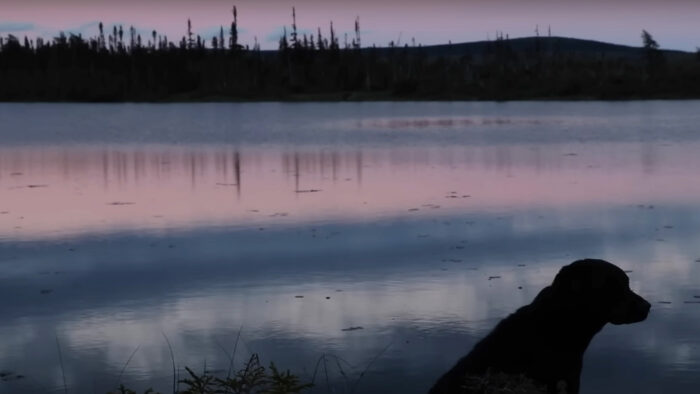
Photo: Screenshot
By the time Barbour and Saku wrap up their journey with a final 30km along an overgrown logging road, they haven’t seen another human being in 25 days.
“Just a wicked time,” Barbour says of the trip as the video closes, before noting that even though he walked 230km, he only traveled 72 as the crow flies. “It just goes to show how tangly and jungle-like the terrain was,” he continues. “Tough to figure out, but walking away, what great experiences. Absolutely amazing. You gotta love it.”
As for his final weight loss?

Photo: Screenshot
Just 5.5kg. Barbour knows what he’s doing out there.
